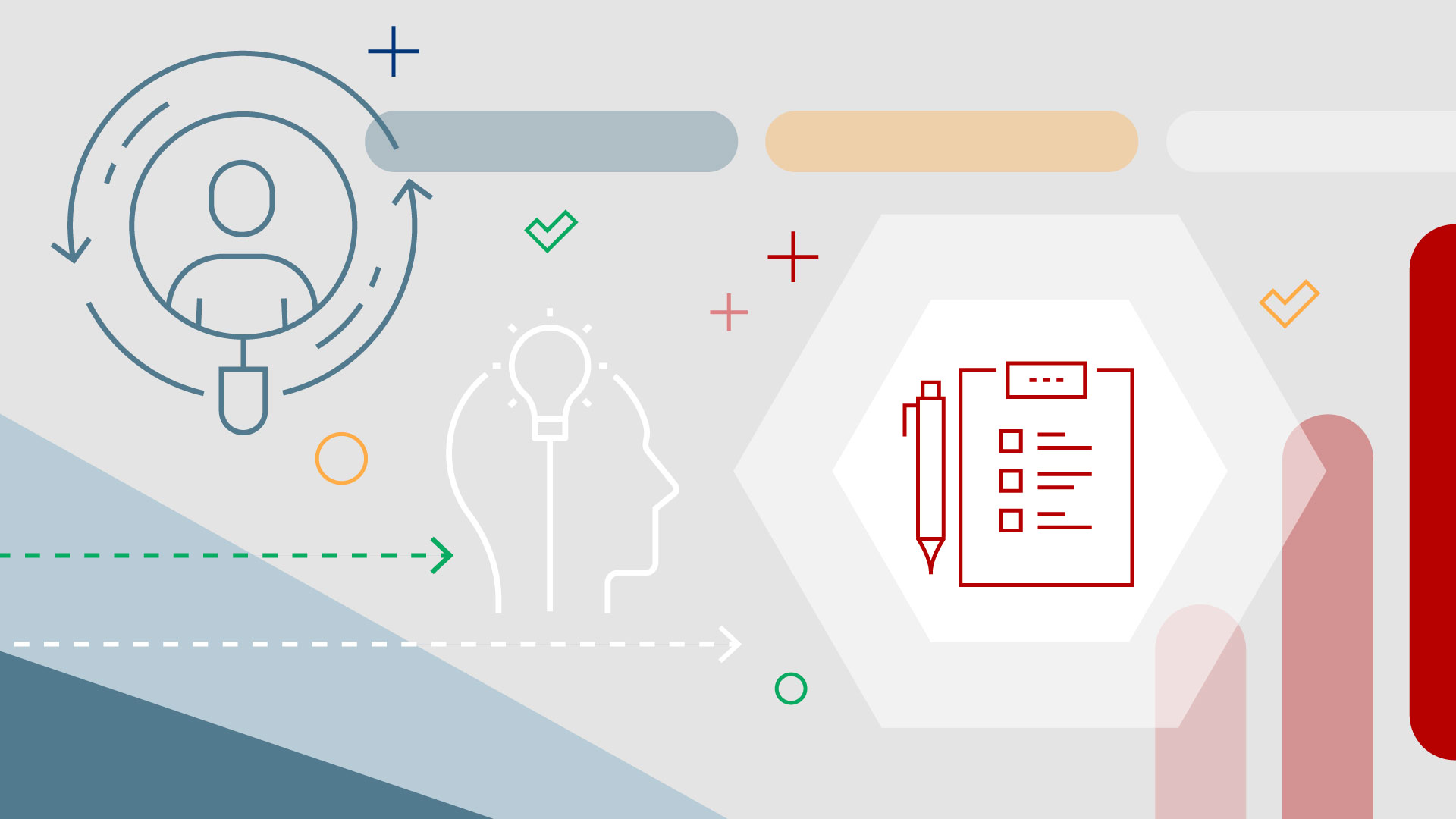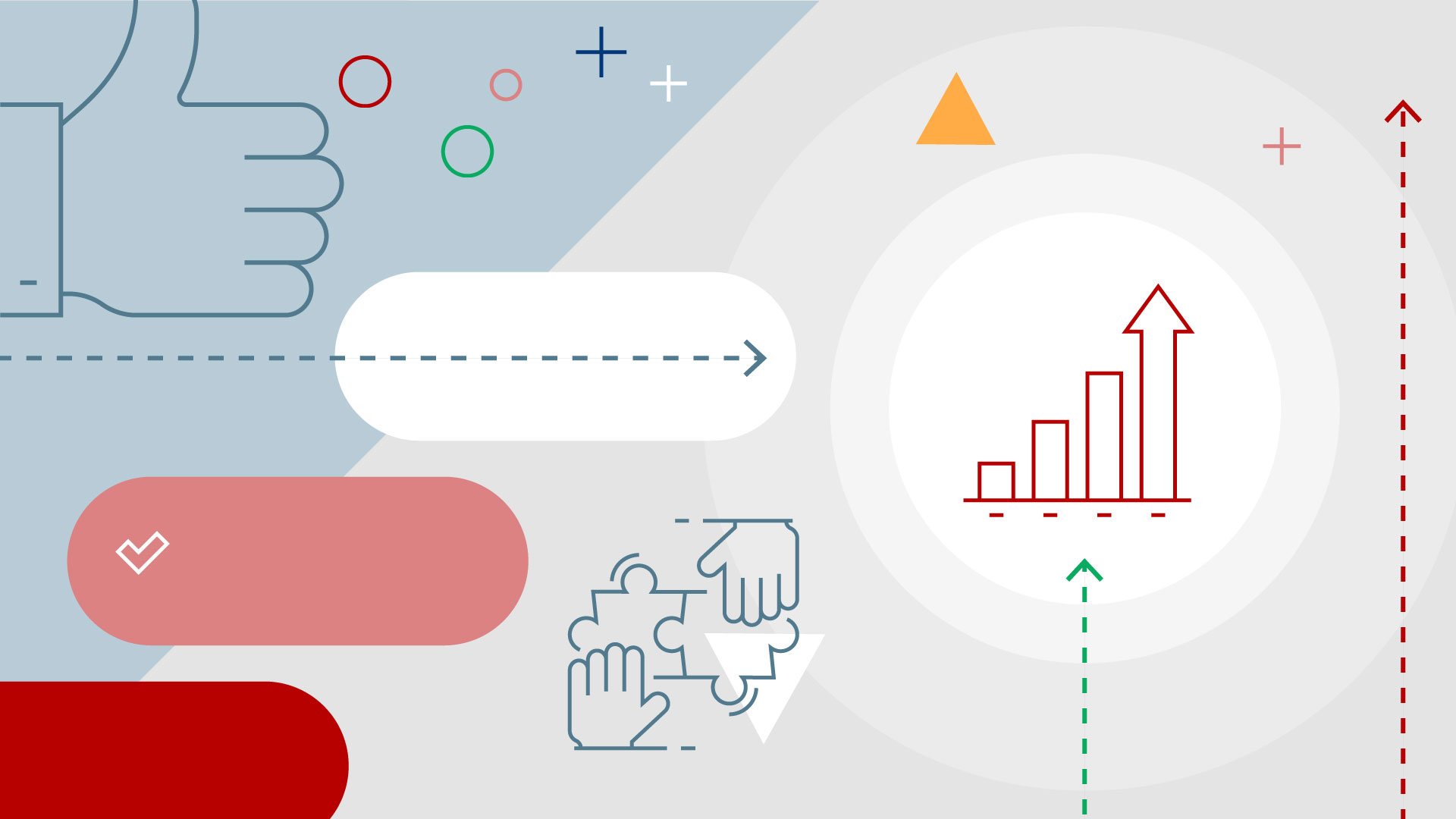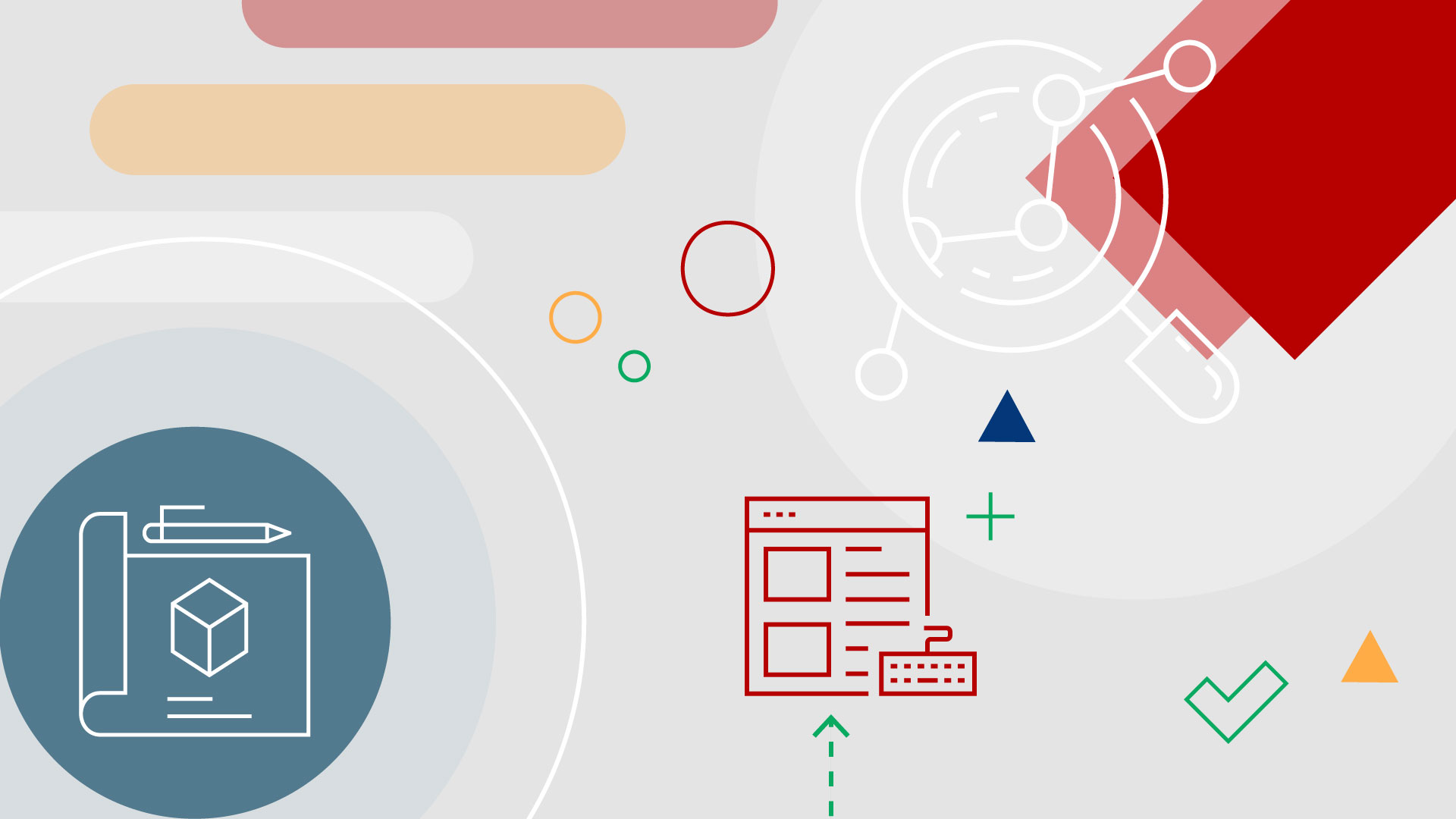Enterprise Agile Planning
Enterprise agile planning
Enable your organization to connect strategic plans and funding to Agile delivery, do more with the teams you have, and confidently invest in the right priorities.
Watch demoDeliver faster and more predictably
Shorten value delivery time, consistently meet customer and market commitments, leverage OKRs to streamline alignment, and accelerate delivery with incremental planning.
Do more with the teams you have
Proactively identify and address team workflow issues, ensure teams remain focused on strategic objectives, and understand team capacity.
Confidently invest in the right priorities
Compare and rank strategic priorities to maximize business outcomes, focus on investments aligned to OKRs, use actionable data to make strategic decisions, and improve ability to adapt to change and pivot when changes occur.
Your transformation journey
Team visibility
Connect disparate teams to visually plan, manage, and coordinate work to drive alignment and collaboration
Aligned autonomy
Connect portfolio and team products for a complete visualization of work from strategy to delivery
Agile program management
Teams of teams autonomously plan and execute work based on prioritized initiatives
Lean portfolio management
Define strategic objectives, utilize roadmaps and scenario planning, and plan and fund around value streams
Start with the essentials

Solution demo video
Learn more about increasing visibility, connectivity, and delivery time for your organization.
Learn more
Scaled Agile Framework (SAFe)
A proven agile framework that is easily adapted to work with our EAP solution.
Learn more
Agile Release Trains guide
Learn how you can scale your agile solution by implementing agile release trains (ARTs).
Learn more
Maturity assessment
Use this tool to map your maturity journey and identify future areas of focus.
Read now
Browse capabilities
Explore your EAP capabilities and get guidance for adopting agile and lean methodologies to plan, visualize, and adapt your strategic and financial goals in response to customer and market demands.
Filter capabilities by:


